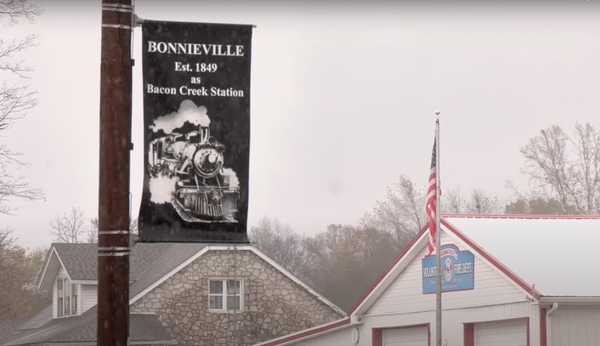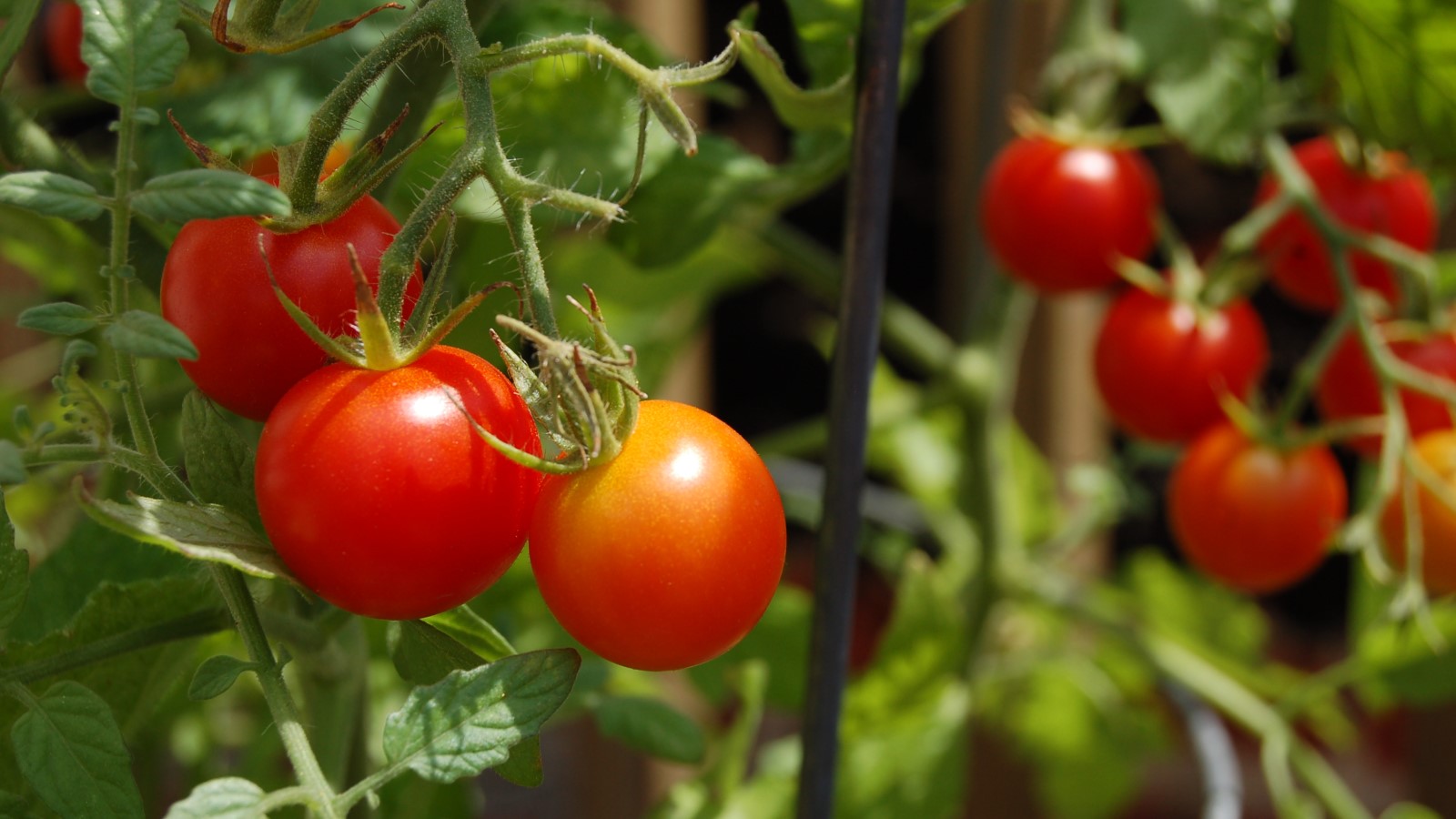
Q: I'm keen to try growing tomatoes in buckets this year as I only have a small patio space. Is it possible to get a good crop of tomatoes using this method, and is there anything you need to consider in terms of planting or care tips?
A: If you do not have lots of space in your backyard, then growing your tomato plants in buckets is a great idea. It offers an efficient, space-saving way to grow tomatoes and get yourself a tasty homegrown harvest.
When growing tomatoes in buckets it is ideal to use a smaller-growing variety of tomato – such as a bush or patio tomato – and a bucket at least two gallons in size. Plants grown in buckets will need more vigilance with watering and regular fertilizing to grow strong and produce a bumper crop.
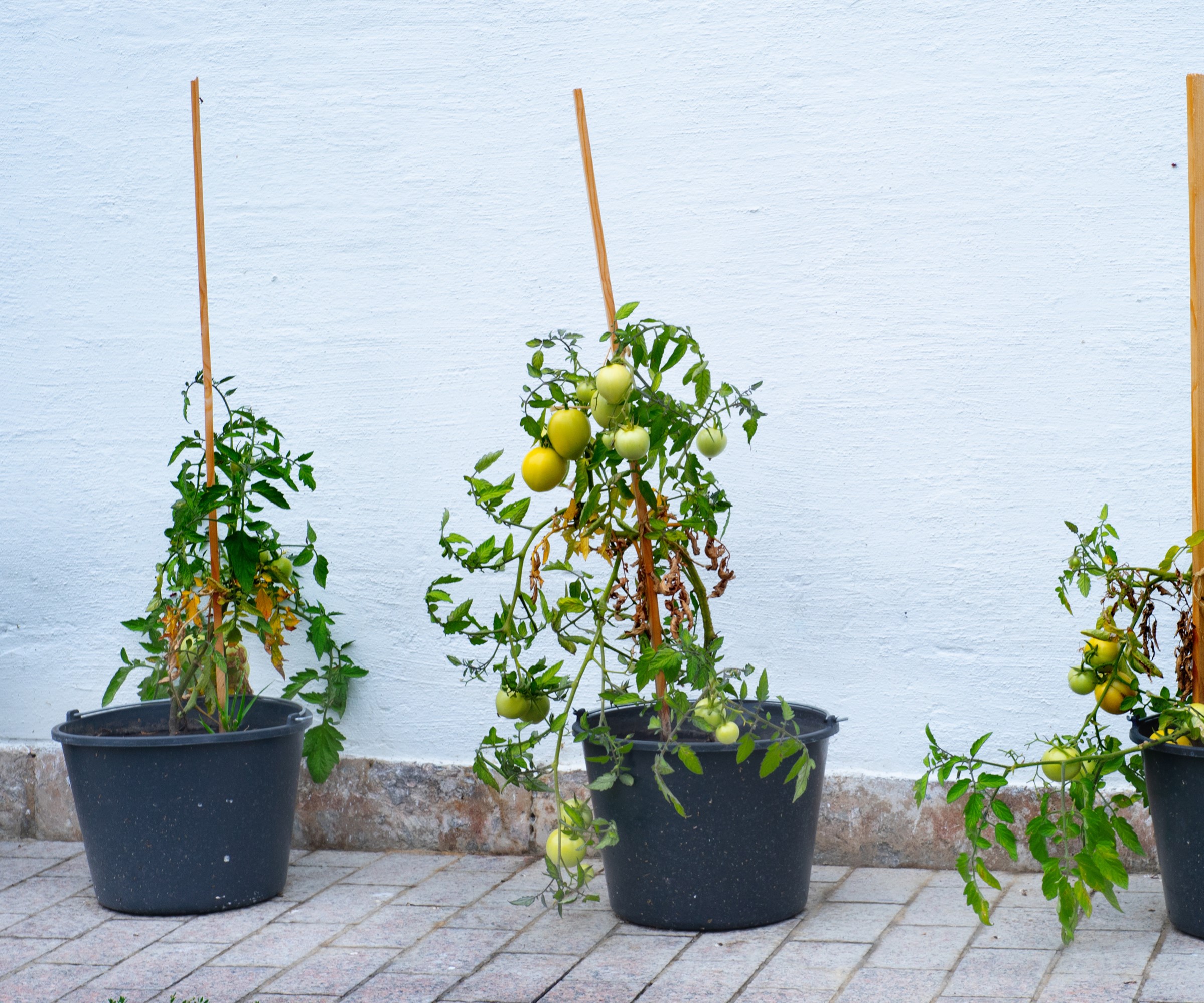
Benefits of growing tomatoes in buckets
Growing tomatoes in pots or buckets is a great way to cultivate the crop for many people who don’t have a backyard. Any containers for growing tomatoes do need to be sizable and that is where buckets come in a really viable option. They come in large sizes, often 5, 10, or 20 gallons, and can be re-used year-after-year, providing they have been well cleaned at the end of each growing year. An example of 5 gallon buckets that could be used for tomatoes is the Viagrow VHPP500-5 VHPP Nursery Pots available at Amazon. As well as container gardening being an efficient way of growing in a small space, other advantages of growing tomatoes in buckets include being able to control the soil and the flexibility to be able to move plants around as required to give them the ideal environment.
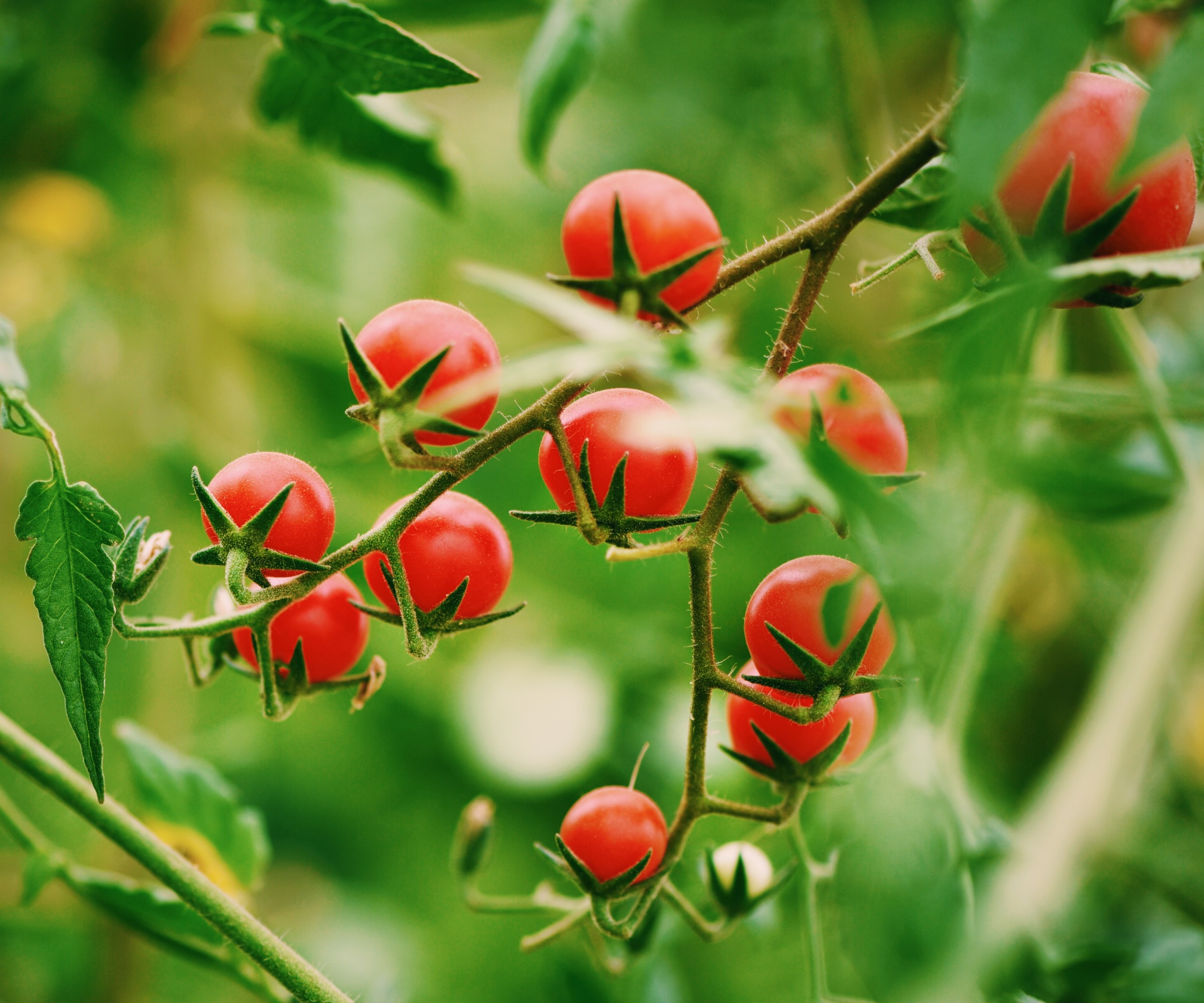
How to grow tomatoes in buckets
Two of the most important choices for growing tomatoes in buckets will be the variety you wish to grow and the size of the bucket. Tomatoes do need large containers to grow in, so it is better to choose smaller varieties to grow in buckets. It is better to opt for bush varieties or patio types of tomatoes that will grow to a smaller height before fruiting.
Two excellent varieties to consider growing in buckets are Veranda Red Hybrid and Super Sweet 100 Hybrid, both available from Burpee.
The minimum size of bucket you should opt for is around one-square foot in size, which would be suitable for one plant of a small-growing tomato variety. Christine Walkden, gardening expert for Homes & Gardens, says: ‘A lot of gardeners use a two gallon bucket with holes made for drainage. Old florists’ flower buckets make great options for tomatoes and often cost very little. Make drainage holes, and check they are clean before use.’
The most common sized buckets for growing tomatoes, however, are five gallon ones, and for larger varieties of tomatoes you may need to consider 10 or 15 gallon buckets. This is because those larger varieties will put out sizable root systems. The larger the pot, the more compost will be required and the heavier they will become, potentially making it more difficult to move the bucket around the yard.
Buckets can come in different colors too. A black bucket will soak in and hold a lot of heat, which will warm the soil. This can help with early root growth and give plants a great start to life. However, in extreme warmth the bucket could absorb so much heat it could potentially damage plants. Research from Utah State University claims that soil temperatures over 95˚F over several days can damage established tomato plants.
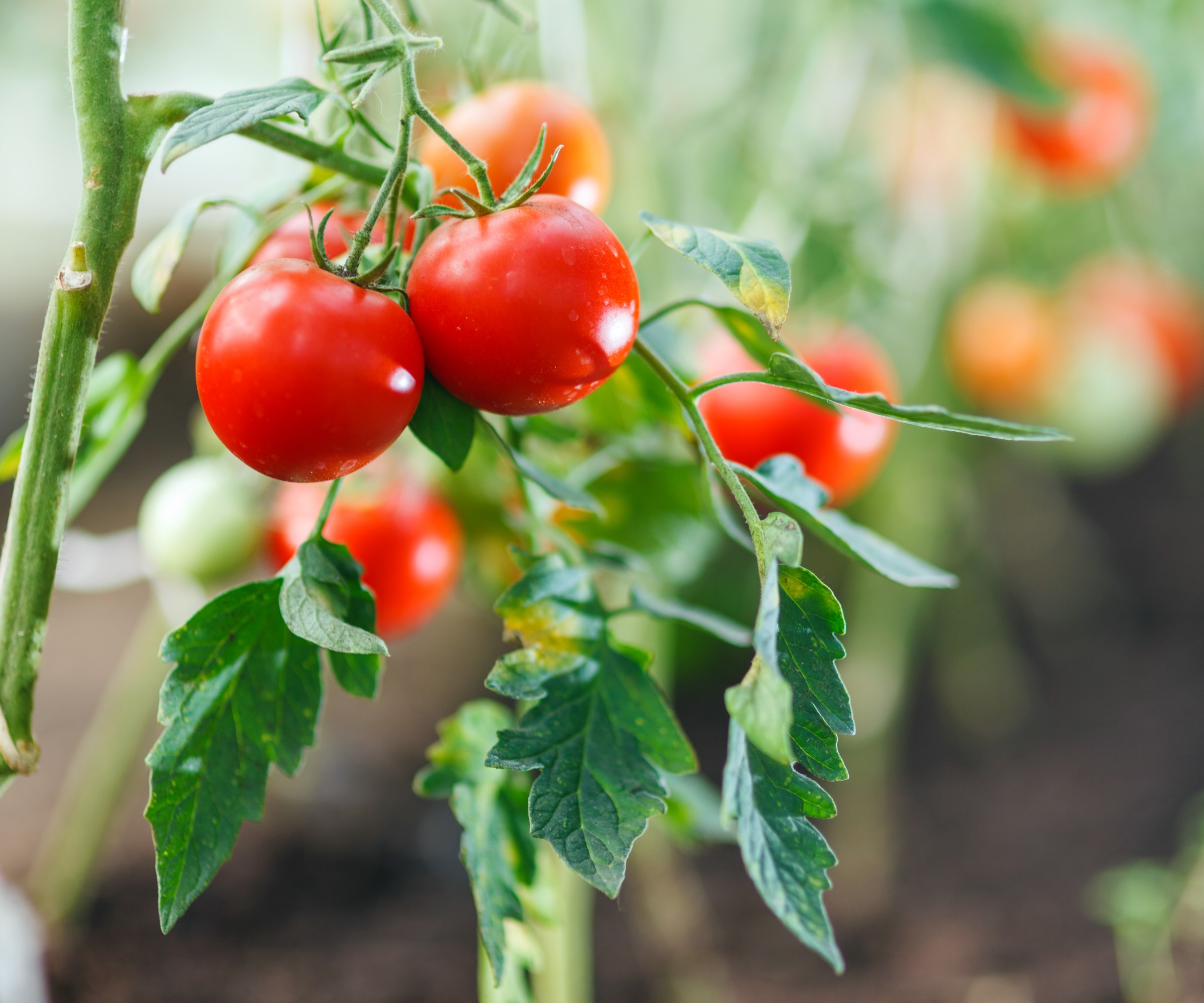
Planting tomatoes in buckets
It is a simple process to plant tomatoes in buckets and can be done without the need for too much equipment. If you are planting up a larger bucket, then do it in situ where you plan for the tomato to grow to avoid having to move a heavy compost-laden bucket around the yard. It is best to plant one tomato per bucket to avoid multiple plants competing for the limited amount of water and nutrients in the bucket.
- Take your bucket and drill several drainage holes around the bottom.
- Fill your bucket with a well-draining multi-purpose compost. Incorporating homemade compost into the mix will help with drainage and provide added nutrients.
- Take your plant and carefully remove it from its current pot, whether it is a store-bought plant or you are transplanting tomato seedlings grown at home.
- Make a hole larger than the plant’s root ball and position the seedling in the center. Tomatoes are planted deep, so the first leaves are just above the surface.
- Fill in around the stem with compost and firm the plant down to secure it in place
- Water the bucket well and ensure to keep the soil moist.
- Add a support structure to the bucket to keep the plant standing upright as they grow. This can be a cage, stake, or trellis and is best put in place at planting to avoid. damaging the roots later on. An example of a support suitable for buckets is these Tomato Cage Plant Support Cages available at Walmart.
- Place the bucket in a sunny spot that gets at least 6-8 hours of direct sunlight each day.
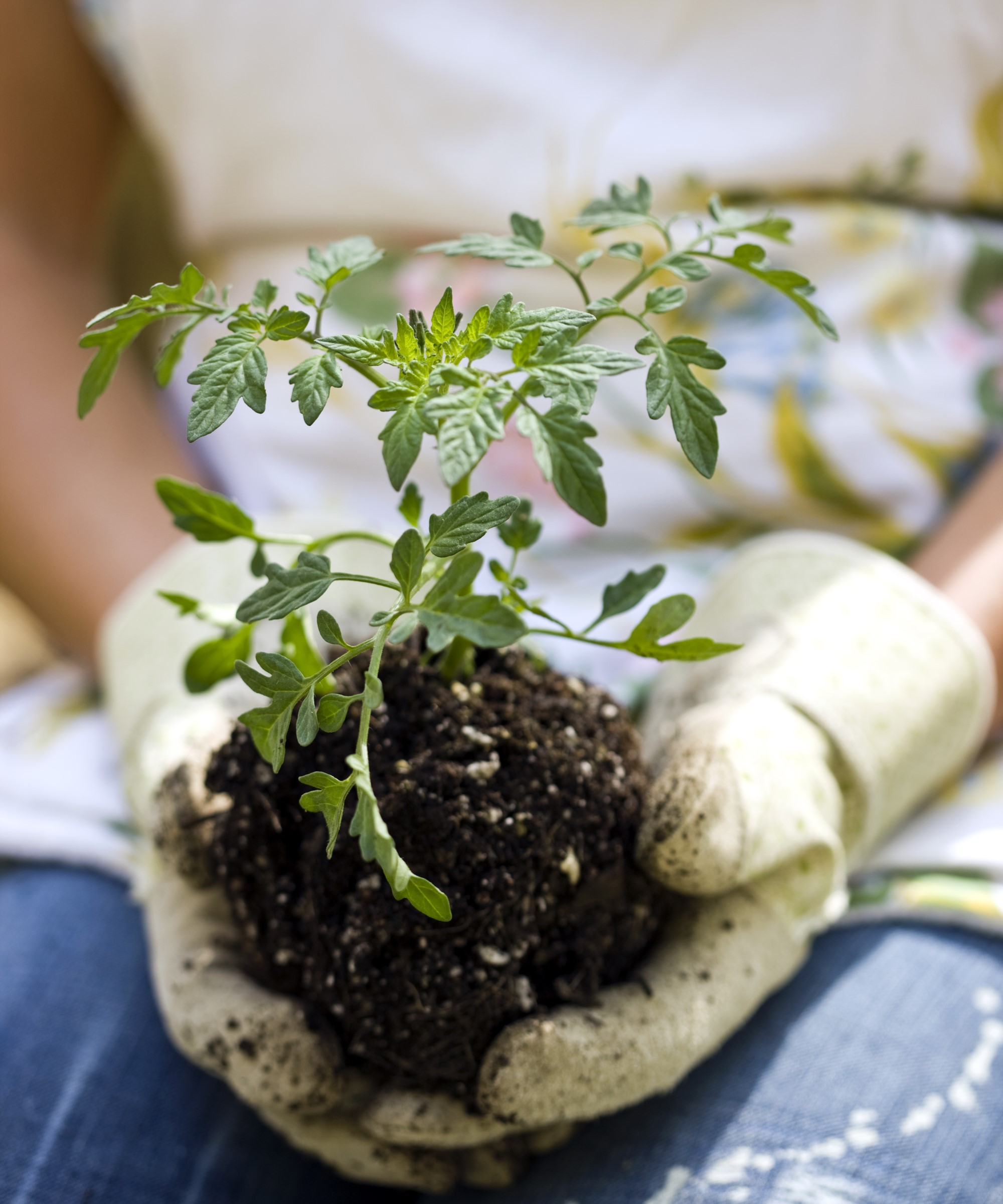
Caring for tomatoes in buckets
Overall, the maintenance regime when you grow tomatoes in buckets does not differ too much from if you are growing the plants in the ground, however it may require a bit more regular attention when using containers.
Emily Jones, tomato grower for over 30 years and founder of Tomato Mentor, advises: ‘The important thing – take good care of them, just like you would if they were in the garden or raised beds. You must check the soil more frequently during hot days – if uncertain, stick your finger in the soil, about an inch in and if it’s dry – it’s time to water the plant again.’
Regular checking for watering is important when you grow tomatoes in buckets. Tomatoes like moist soil but do not want to be waterlogged as that brings with it the risk of root rot. Daily checks should be part of any maintenance regime and, during periods of particularly hot weather, your plants may need watering twice a day. A regular watering schedule is important as it can help avoid tomatoes splitting or blossom end rot on fruits.
Tomatoes in buckets require regular feeding, they are heavy feeders and can quickly use up all the nutrients available in the soil. They benefit from a balanced multi-purpose fertilizer early in the season – a few weeks after being planted – and then a regular weekly feed with a dedicated tomato feed once they start to flower. All plants require nitrogen, phosphorus, and potassium and you will see the NPK ratio on a plant fertilizer label. A tomato food is high in phosphorus and potassium, such as the Expert Gardener Organics Vegetable & Tomato Food available at Walmart.
Although weeds will not be as much of an issue as when growing tomatoes in the ground, remove any that appear in your buckets. Ensure your plants are supported by their trellis or stake if required and prune tomato plants by regularly remove side-shoots if you are growing indeterminate varieties of tomatoes. Harvest tomatoes regularly as they ripen and remove any split or rotting fruits from the plant. Any tomatoes that drop off the plant should be removed to prevent them sitting on the compost and going moldy.
At the end of the season, the time will come to remove the plant and throw away the old compost. Always clean the buckets thoroughly to avoid any contamination for next year’s crops and use fresh compost year-on-year. Not only will the soil from the previous year be exhausted of nutrients, but using new compost can prevent any diseases from being carried over.
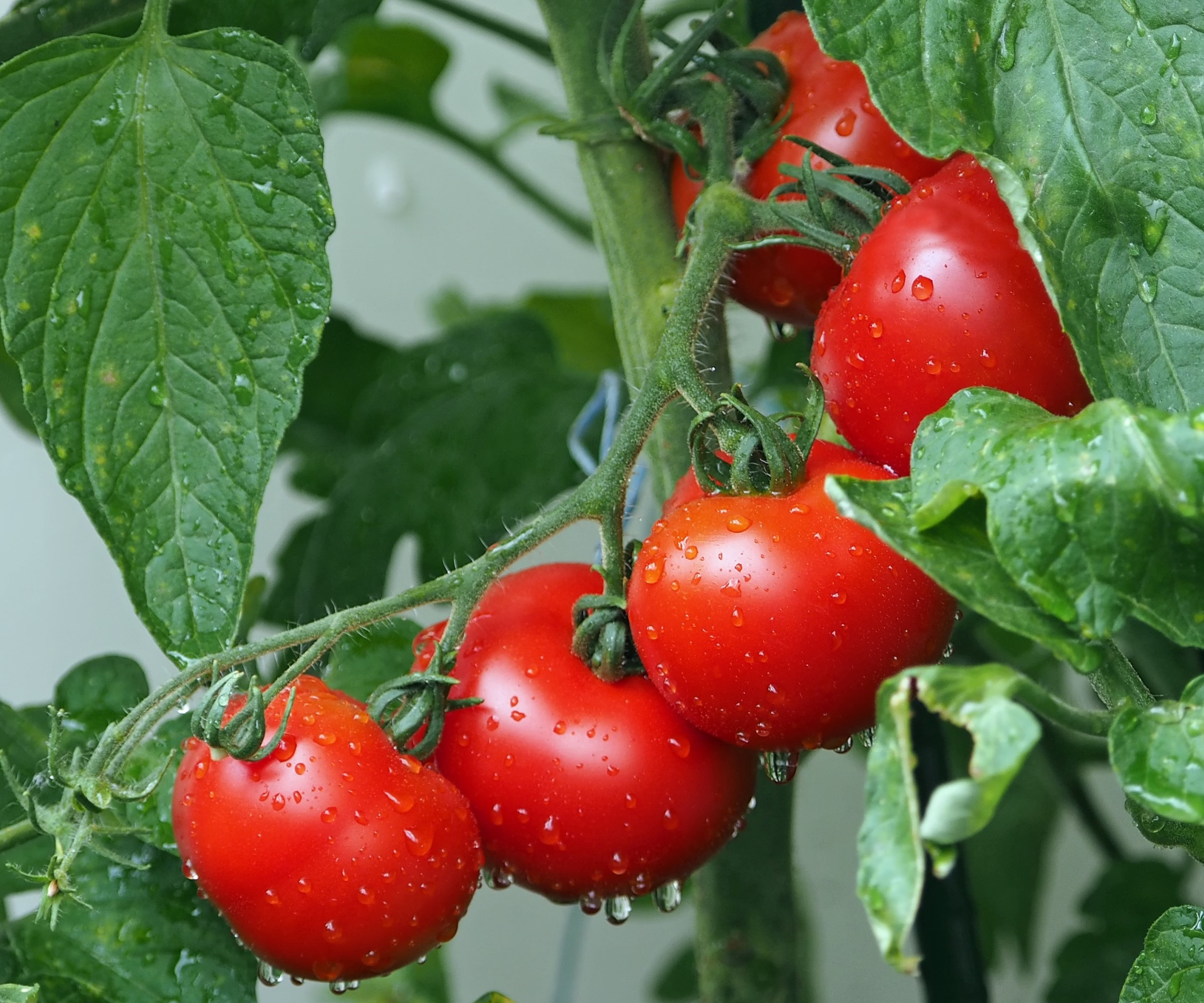
Growing tomatoes in buckets is a simple and productive way to be able to get a crop in even the smallest of spaces. If you are considering creating a fruit and vegetable garden at home, or are short of room and wanting ideas for fruit and vegetable container gardens, then growing tomatoes in buckets does open up a wealth of opportunities.


